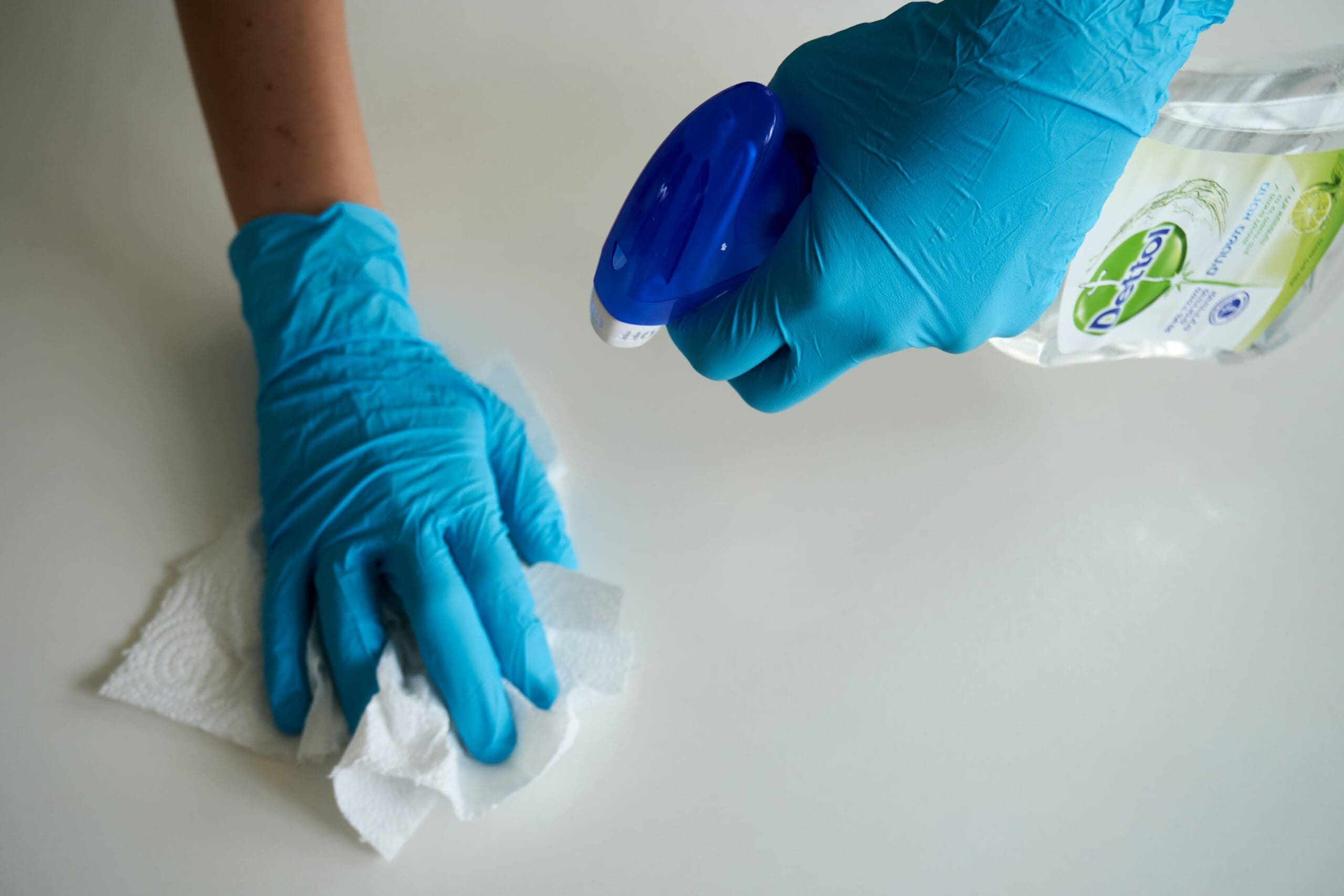The core focus for consumers during the pandemic was to ensure that they were keeping themselves and their loved ones safe. This means consumers were more inclined to purchase products that they trusted to protect them from being exposed to potentially dangerous pathogens in the home. As our research shows, the pandemic prompted a shift in consumer preferences when it comes to cleaning the home.
When we asked consumers in Australia (July 2020), for example, which features were important to them when buying cleaning products, the two most popular attributes were ‘antibacterial’ and ‘eliminates germs’. What’s interesting, and potentially an indicator of how things will unfold in the future around the world, when we asked the same question in March 2021 the proportion of Australian adults who answered antibacterial and eliminates germs had both fallen. Instead, ‘multipurpose’ was the most influential feature. We can therefore expect that, going forward, we will see some reversal of the habits formed during the pandemic designed to deal with the threat to health.
Concerns around chemicals will come back into focus
Nevertheless, there’s no doubt that the pandemic will have a lasting effect in terms of how people feel about hygiene in the home. Although it won’t be to the same extent or frequency, some of the behaviours formed by the pandemic will remain in place for the next couple of years at least.
However, we also expect that other aspects of health and wellbeing will come back into consumer focus. For example, we expect concerns around chemicals in cleaning products to rise again, because people will still feel the need to look after their health on an ongoing basis, but without such a strong focus on hygiene.
Convenience moves up the agenda
Another element of cleaning products that consumers have demanded during the pandemic has been convenience. This isn’t surprising because people have been forced to clean a lot more often than they ever have done before – stay at home orders have led to more cleaning occasions (due to an increase in home cooking, for example) as well as heightened awareness of viruses and bacteria in the home.
Source: Unsplash/Anton
We’ve therefore seen products like wipes become more appealing, and in the UK we found that almost a quarter of kitchen roll buyers/users started cleaning their house with kitchen roll rather than cloths in the last 6 months. This also ties back to the hygiene issue, as people are able to throw them away easily and minimise the risk of contamination around the house from the products used to clean.
Hygiene vs. sustainability
This has brought out another interesting dilemma for people though, because this kind of focus on convenience typically comes at the cost of behaving in a more environmentally-friendly manner. People have had to weigh up hygiene against sustainability during this period, and influenced people into making decisions that are against emerging trends like sustainability. However, we expect this to be a short term, necessity-led state of mind rather than a long-term issue. In a world less focused on hygiene consumers will want brands to help them have their cake and eat it too – convenient cleaning but in a way that doesn’t damage the planet.
Sustainability will continue to be a huge driver of the market going forward, as it’s becoming a bigger issue in everyone’s lives. We expect this sustainability focus to reemerge more strongly than before, making it an unavoidable topic for brands, however this will make it harder for brands to really stand out on that basis. Shoppers are becoming more knowledgeable about the subject, and in order to make a big impact, brands will need to provide more proof of sustainable claims.
Words won’t be enough, as people are becoming savvier all the time and will be able to spot greenwashing more adeptly than before. Authenticity is really key here. It’s important to recognise that consumers won’t necessarily expect brands and retailers to save the world by themselves, but equally it will be important to prove that sustainable messages are done for the right reasons and not just a marketing tool.
Next concern: carbon emissions
Carbon emissions are probably going to be the next buzzword that brands have to tackle head on, and water consumption in the production process will also be under more scrutiny, particularly in countries where drought is a more common issue. These are two aspects that can be measured, so consumers and brands can attempt to quantify them, particularly with emerging tools and smartphone apps to help. But brands will still really need to guide consumers along the way, as carbon in particular is quite a new concept to many, and the terminology involved is nuanced and complex.



















![[WATCH] 2 household care brand innovations tapping into the upcycling ingredient trend](https://www.mintel.com/app/uploads/2022/10/SocialMedia_EMEA_Upycling-Ingredient-Trends_Blog_1000x305-1.jpg)

















